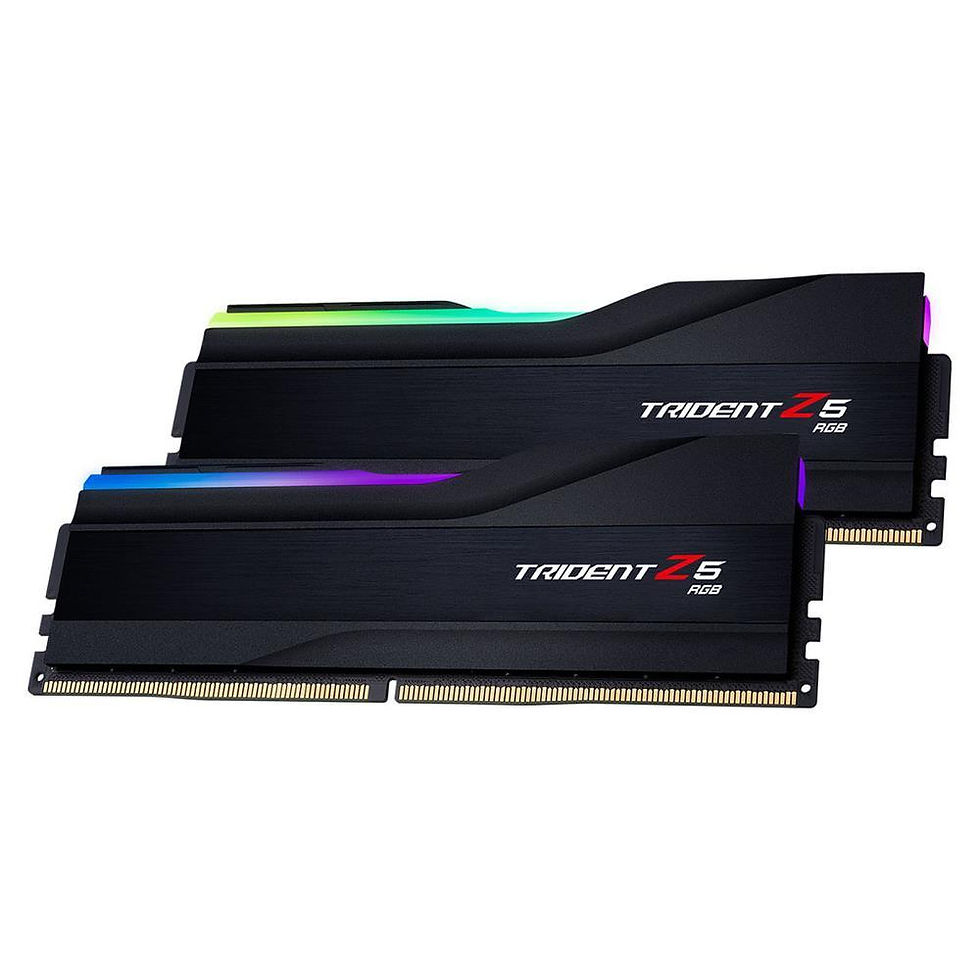SSD internes et externes
Découvrez notre vaste gamme de SSD internes et externes, conçues pour améliorer vos solutions de stockage avec rapidité et fiabilité. Que vous ayez besoin d'un SSD haute performance pour votre plate-forme de jeu ou d'une option portable pour le transfert de données, nous avons ce qu'il vous faut. Nos caractéristiques des grandes marques connues pour leur durabilité et leur technologie de pointe, vous assurant d'obtenir les meilleures performances pour vos besoins. Améliorez votre système et faites l'expérience de temps de chargement ultra-rapides et d'une efficacité améliorée. Achetez maintenant et trouvez le SSD parfait pour améliorer votre expérience informatique !
How to Choose the Right SSD


Choosing the right SSD depends on what you do: gaming, creative work, or simply upgrading your PC for faster performance. A good SSD improves loading times, reduces system lag, and keeps your files safe. Here’s what to look for when picking the right model.
1. Internal vs External SSDs
Internal SSDs:
-
Best for gaming, video editing, and speeding up your entire system
-
Fastest performance
-
Requires installation inside your PC or laptop
External SSDs:
-
Perfect for portable storage, backups, and file transfers
-
Plug-and-play via USB or USB-C
-
Great for photographers, students, and professionals on the go
2. M.2 NVMe vs SATA SSDs
NVMe M.2 SSDs:
-
The fastest option (ideal for gamers, editors, streamers)
-
Extremely quick boot times and file transfers
-
Recommended if your motherboard supports M.2 NVMe
SATA SSDs:
-
Slower than NVMe but reliable and affordable
-
Great for older PCs and laptops
3. Capacity — how much do you really need?
-
500 GB — good for basic use
-
1 TB — the most balanced choice for gaming and work
-
2 TB+ — recommended for large photo/video projects, AAA gaming, and professionals
4. Read/Write speeds
-
Higher numbers mean faster loading and transfers
-
NVMe often ranges from 3000–7000 MB/s
-
SATA usually 500–600 MB/s
-
For demanding tasks, speed matters a lot
5. Cooling and durability
-
Some high-performance NVMe SSDs benefit from a heatsink
-
Look for SSDs with good TBW/endurance ratings if you work with large files daily
-
A cooler SSD lasts longer and maintains full speed
Summary
The best SSD for you depends on how you use your computer — whether you want faster game loading, smoother creative workflows, or reliable portable storage. Focus on the right type (internal or external), pick a capacity that fits your needs, and check the speed to make sure your system gets a real performance boost. Explore our selection and find the SSD that makes your setup feel faster, smoother, and more responsive every day.
You might like
Pièces et accessoires pour ordinateur
FAQ – Internal & External SSDs
1. What’s the difference between an internal and an external SSD?
Internal SSDs are installed directly inside your computer for maximum speed and responsiveness. External SSDs connect through USB or USB-C and are great for portability, backups, and moving large files between devices.
2. Do SSDs really make a big difference in everyday performance?
Yes — even basic SSDs load programs, games, and your operating system much faster than traditional hard drives. Your computer feels more responsive, smoother, and quicker overall.
3. How much storage do I actually need?
For browsing, work, and light use, 500GB to 1TB is usually enough.
For gaming or creative work, 1TB–2TB is recommended.
Large projects, 4K video, or big game libraries often need 2TB or more.
4. Is NVMe worth it compared to SATA SSDs?
NVMe SSDs are significantly faster — ideal for gaming, content creation, and heavy workloads. SATA SSDs are slower but still a huge upgrade from HDDs and often more affordable.
5. Can I use an external SSD as a game drive?
Yes, especially with fast USB-C models. They’re perfect for expanding storage without opening your PC or laptop. Just make sure your console or computer supports running games from external storage.
6. Will any SSD work with my PC or laptop?
Most modern systems support M.2 NVMe drives, but older devices may require SATA SSDs. Always check your device’s compatibility — size (2280 vs 2230), interface, and slot type matter.
7. How long do SSDs typically last?
A good SSD can last many years thanks to wear-levelling technology. For most users, the SSD will outlive the device itself. Just avoid keeping the drive constantly full — that helps maintain performance and lifespan.


































































